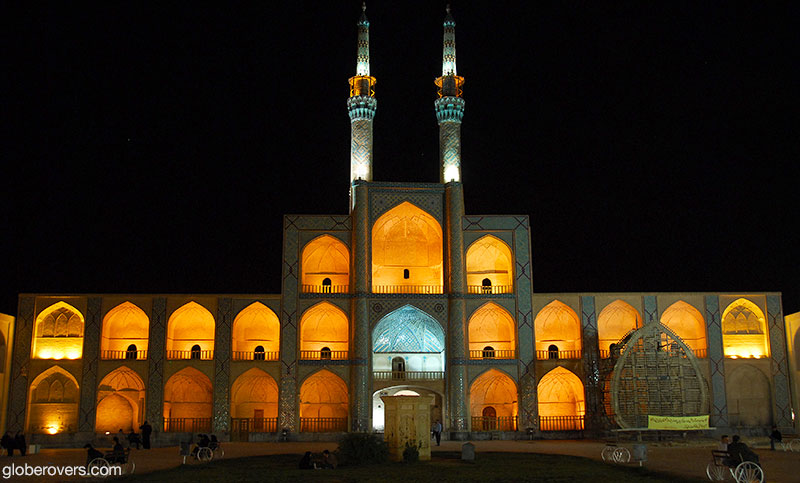
The world offers many places with incredible sacred architecture – many of which are centuries old. From the Mayan, Aztec, and Inca architecture in the Americas, to the Khmer in Cambodia and the Mahayana Buddhist Temples in Indonesia. From historical European civilizations to the ancient structures of the Middle East. Evil acts have been committed in Iraq and Syria, while in Nepal a recent earthquake destroyed many buildings. Nepal offers unrivalled architecture in the Kathmandu Valley.
Choosing the Top 10 has been difficult. A few places that almost made the list include Syria, Georgia, Myanmar, Japan, Brunei, and the ancient architecture across Guatemala, Peru, Indonesia, and Cambodia.
Here are my top 10 greatest countries for sacred architecture.
1. Nepal’s Sacred Architecture
Landlocked along the southern flanks of the Himalayan Mountains, Nepal‘s neighbours are Tibet to the north, and India along the western, southern, and eastern borders.
Popular among adventure and culture seekers, Nepal is known for its incredible mountain scenery, vibrant culture, and most of all, its historical architecture.
Sadly, on April 25, 2015, a massive earthquake of magnitude 7.8 struck near Lamjung, northwest of the capital, Kathmandu. This quake was followed by hundreds of aftershocks. Two weeks later, on May 12th, another quake with a magnitude of 7.3 struck to the northeast of Kathmandu. More than 9,000 people lost their lives with more than 22,000 being injured – including locals and foreign tourists. The quake not only devastated people’s lives, it also changed the mountainous landscape and destroyed much of Nepal’s priceless cultural heritage. Architectural masterpieces were left in ruins across the nation.
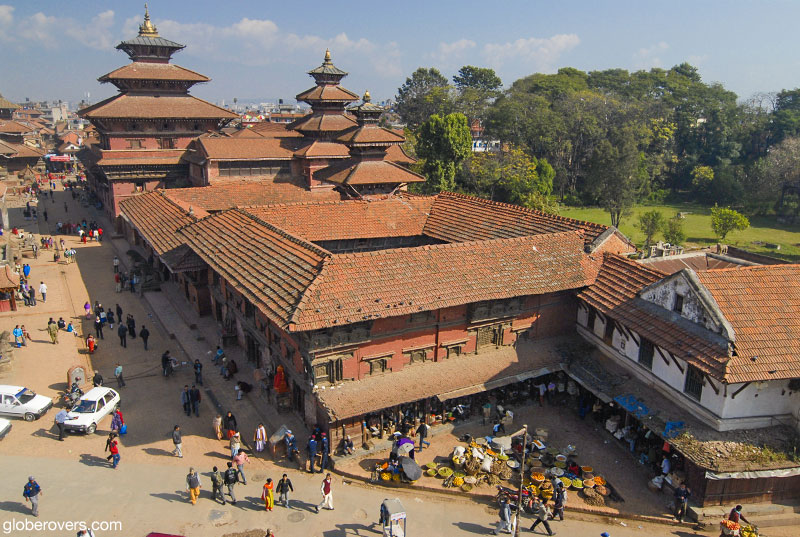
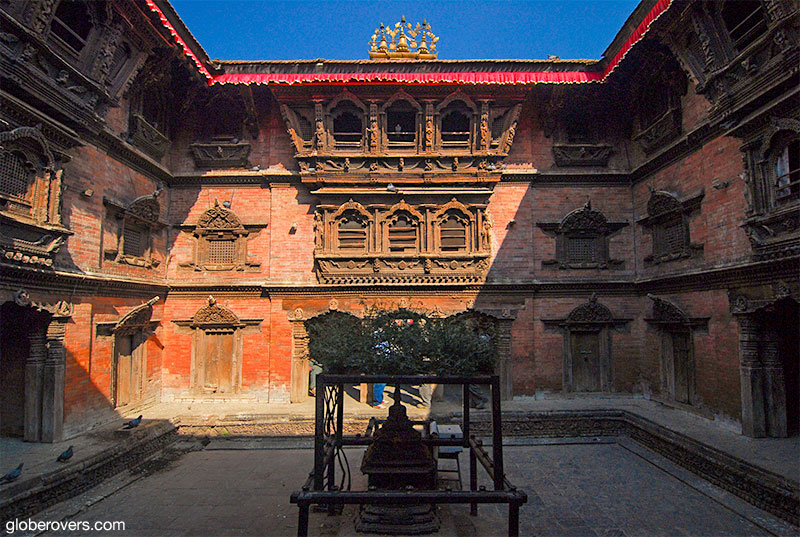
2. Russia’s Sacred Architecture
The Russian Orthodox Church was founded by the Apostle Andrew who lived under the Roman Empire during the mid to late 1st century. Since then the Church in Russia has been through a tumultuous time and suffered incredibly under the Mongol and the Soviet rules when many buildings were destroyed or used as storage.
Russia still has a wealth of sacred architecture, most notably those in Moscow, St. Petersburg, Veliky Novgorod and along the Golden Ring of towns northeast of Moscow. While not exactly “sacred”, the Moscow Bolshoi Theatre in Moscow is incredible
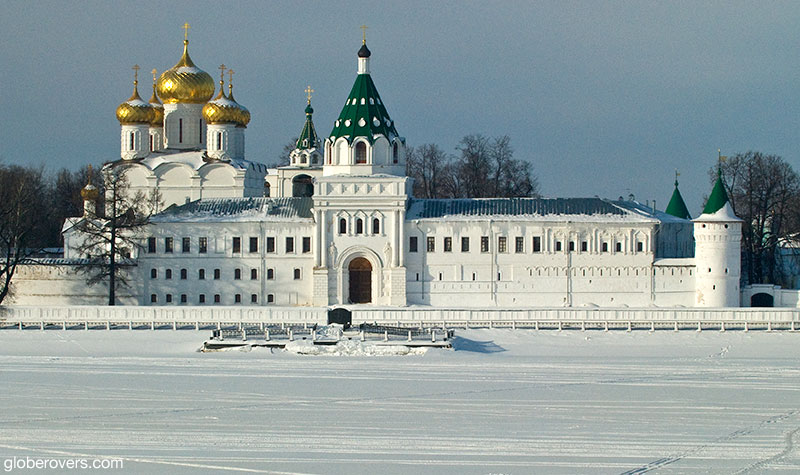
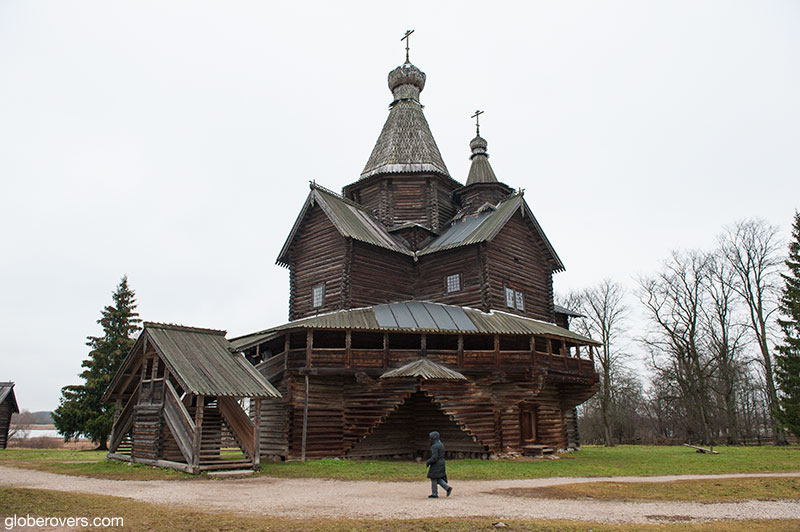
3. Tibet’s Sacred Architecture
Over the centuries the Himalayan people of Tibet developed a distinct culture, partly influenced by their neighbours – India, Nepal, and China. Buddhism is the foundation and had the strongest influence on the architecture of sacred buildings.
Tibet’s most sacred building is the Jokhang Temple in Lhasa. Founded in the 7th century, hundreds of pilgrims from across the country are prostrating around the temple every day. Across Tibet are many colourful monasteries, temples and shrines.
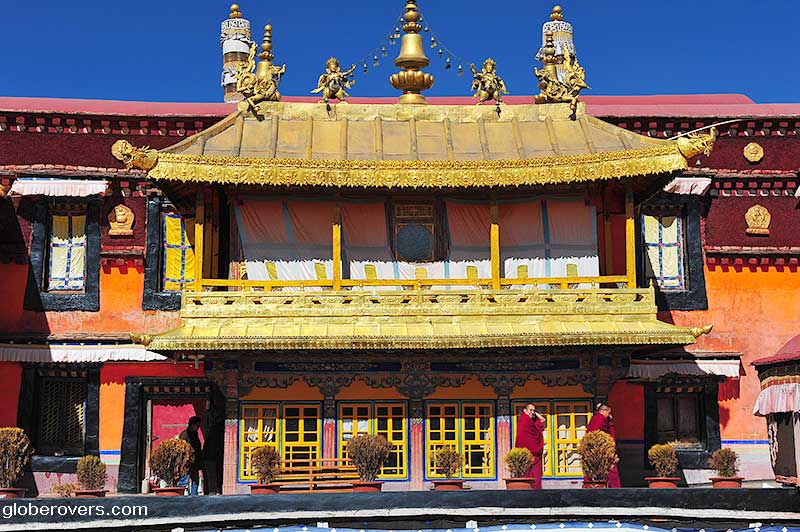
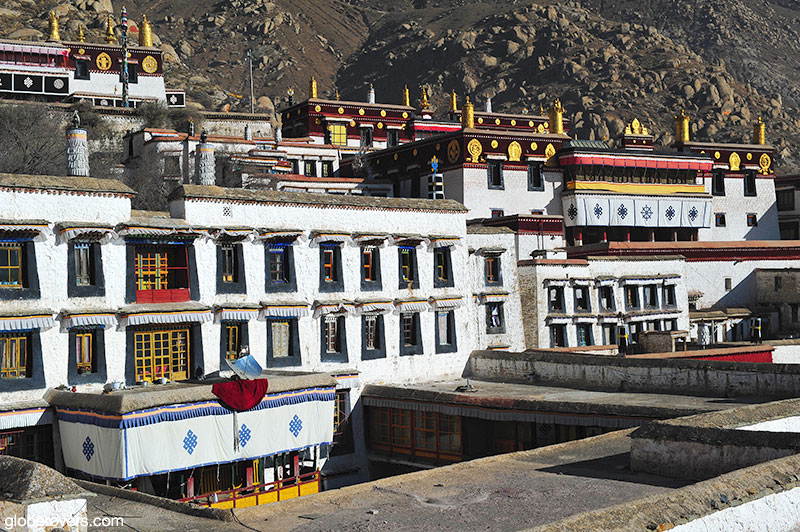
4. Mexico’s Sacred Architecture
The ancient civilizations of the Mayan, Aztec and the Inca built some of the most impressive sacred architecture across the Americas. The time period of these Mesoamerican empires stretched from 900 AD to 1532.
Some of the most notable architecture is still standing in Mexico (Chichen Itza, Palenque, Teotihuacan), Guatemala (Tikal, El Mirador), Belize (Caracol, Cahal Pech), Honduras (Copán), Ecuador (Ingapirca, Rumicucho Pucara), and Peru (Machu Picchu, Winay Wayna, Ollantaytambo).
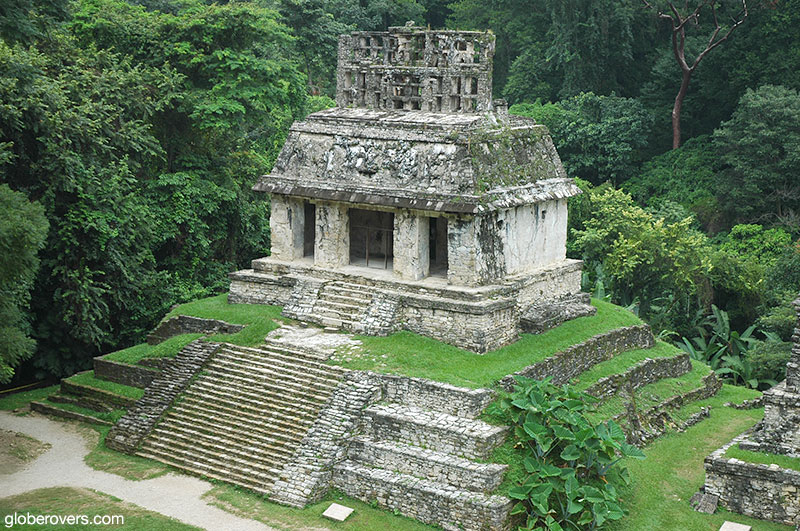
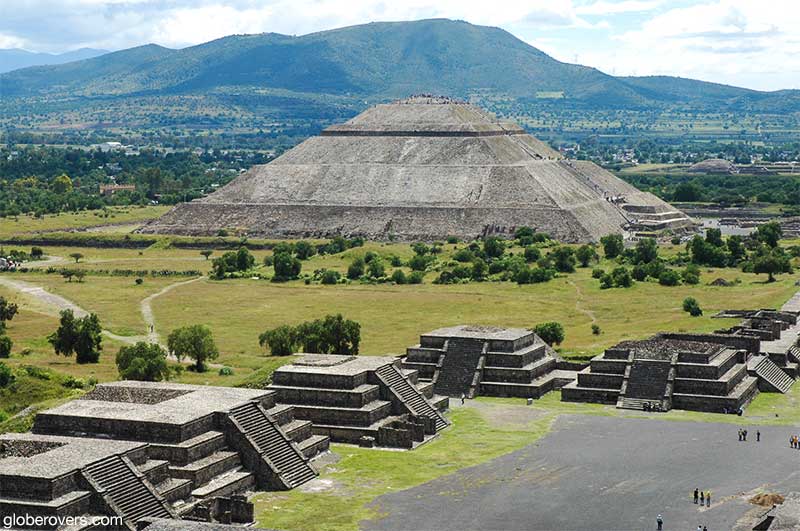
5. Ukraine’s Sacred Architecture
The Orthodox Church in Ukraine suffered similar fates as those across the former USSR where churches were decommissioned or destroyed.
Among the oldest churches still standing today are the Saint Sophia Cathedral (Kyiv), Saint Cyril’s Monastery (Kyiv), and the Saviour Cathedral (Chernihiv). While these churches were originally built in the 11th and 12th centuries, they have suffered under several wars and destruction by the Soviets. They had to be rebuilt several times.


6. Armenia’s Sacred Architecture
Armenia is most famous for its many ancient Christian monasteries. More than 60 monasteries and churches are dotted across the country.
Among the oldest current buildings are those at the Etchmiadzin Cathedral erected in the year 483. The Saint Hripsime Church was built in 618 AD.
Among those not to be missed are the Khor Virap Monastery, Goshavank Monastery, Geghard Monastery and the Saghmosavank Monastery.
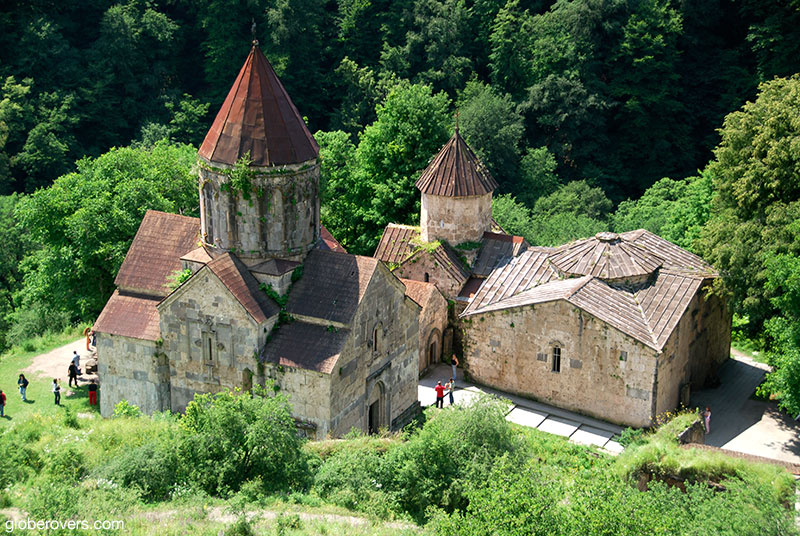

7. Romania’s Sacred Architecture
In the far northeastern part of Romania, near the borders with Moldova and Ukraine, lies the area of Bukovina. Its largest city, Suceava, is known for its sacred architecture, including the so-called “painted monasteries of Bukovina”.
Walls are decorated masterpieces of Byzantine art with elaborate 15th and 16th century frescoes featuring portraits of saints and prophets, as well as scenes from the life of Jesus, images of angels and demons, and heaven and hell.

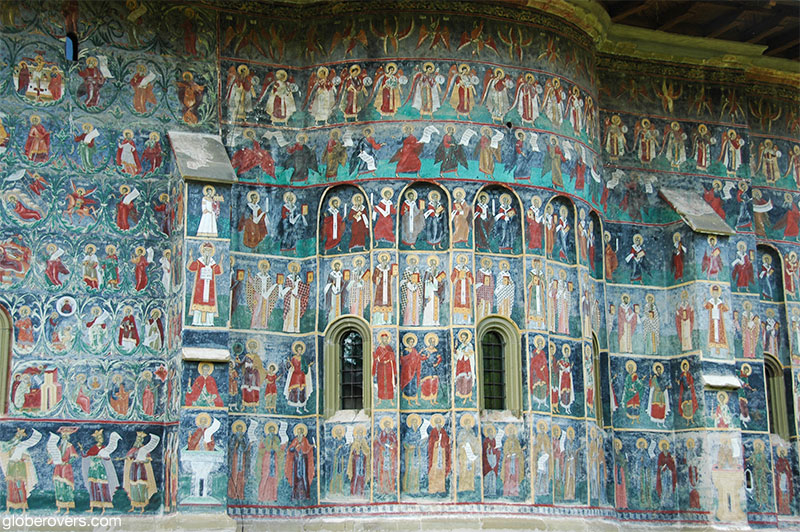
8. Iran’s Sacred Architecture
Persian architecture dates back to at least 5000 BC. The current sacred architecture was created by the invading Muslim Arabs since 651 AD.
Most of the mosques and mausoleums still standing today were built around the 15th and 17th centuries.
Some of the best places to experience the Persian and Islamic architecture is in Tehran, Khorasan, Yazd, Isfahan, Kashan, Qazvin, and Tabriz. Don’t miss the Amir Chakhmagh Mosque in Yazd!
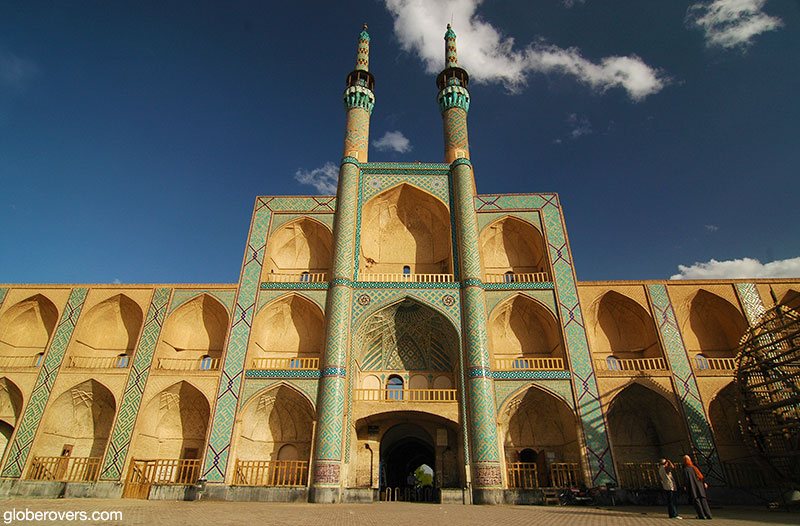
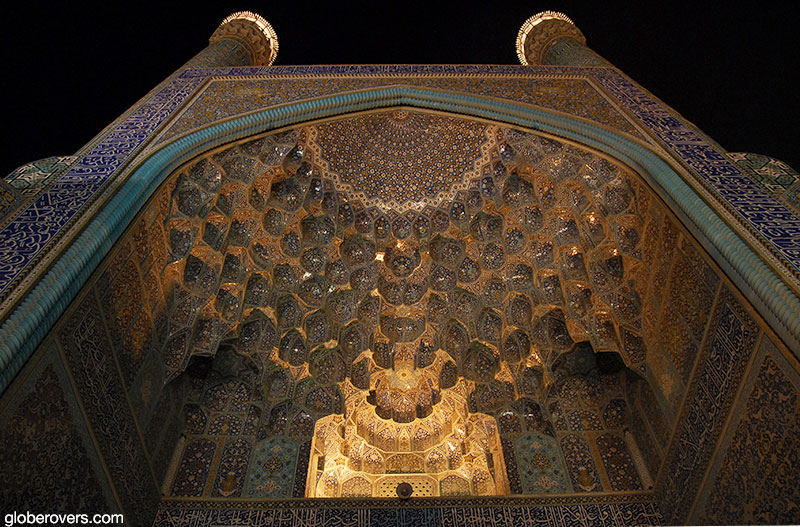
9. Uzbekistan’s Sacred Architecture
The Islamic faith was brought to the Uzbeks by the Arabs in the 8th century. However, its wasn’t until the 14th century when the Tamerlane (a Turco-Mongol conqueror) constructed many religious structures, including the Bibi-Khanym Mosque in Samarkand. During the Soviet era and their anti-religious campaigns many mosques were closed under Stalin’s reign.
Today the best preserved sacred architecture can be seen in Khiva, Bukhara, Samarkand and Tashkent. Read more: 10 Great experiences in Uzbekistan
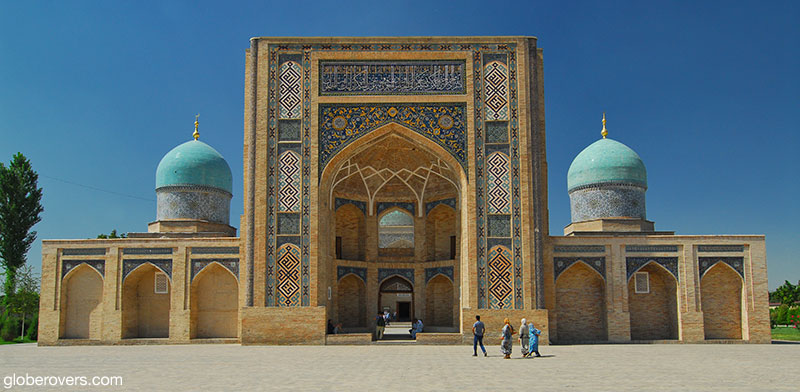
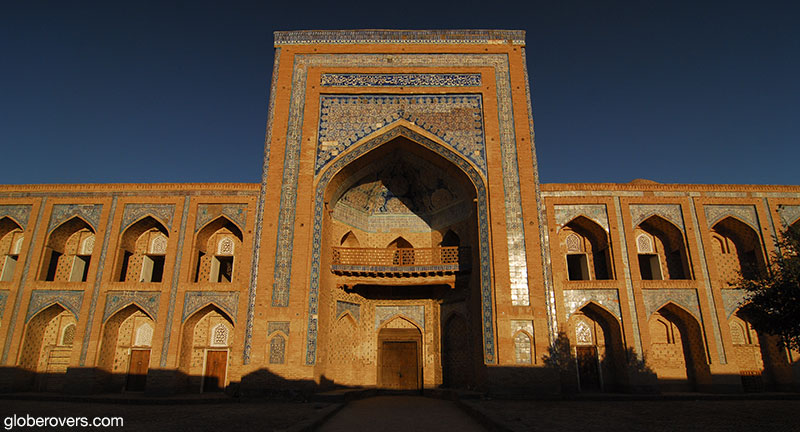
10. India’s Sacred Architecture
India has a multi-religious collection of sacred architecture. The country was crisscrossed by trading routes of merchants who established Buddhism, Hinduism and Islamic architecture.
Choosing the most impressive structure is difficult. Among the big contenders are Agra’s 17th century Taj Mahal (Agra), Badrinath Temple, (Uttarakhand), Mahabodhi Temple (Bodh Gaya), Akshardham Temple (Delhi), Laxminarayan Temple (Delhi), and Sri Ranganathaswamy Temple (Srirangam).
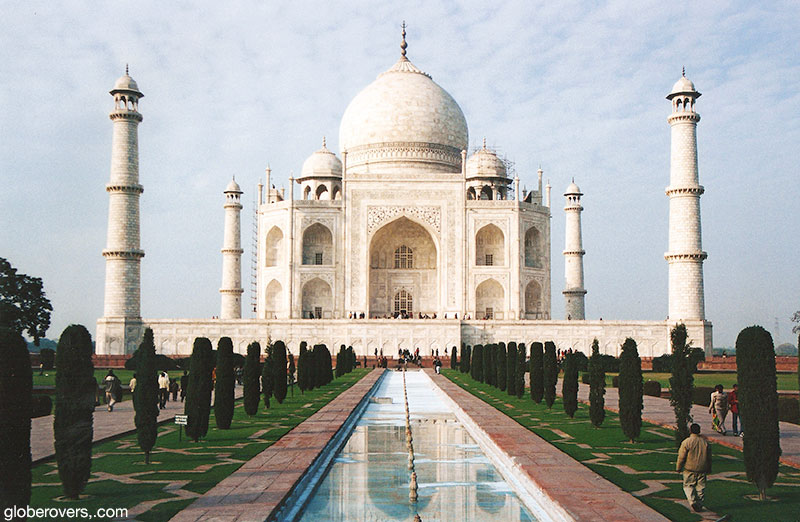
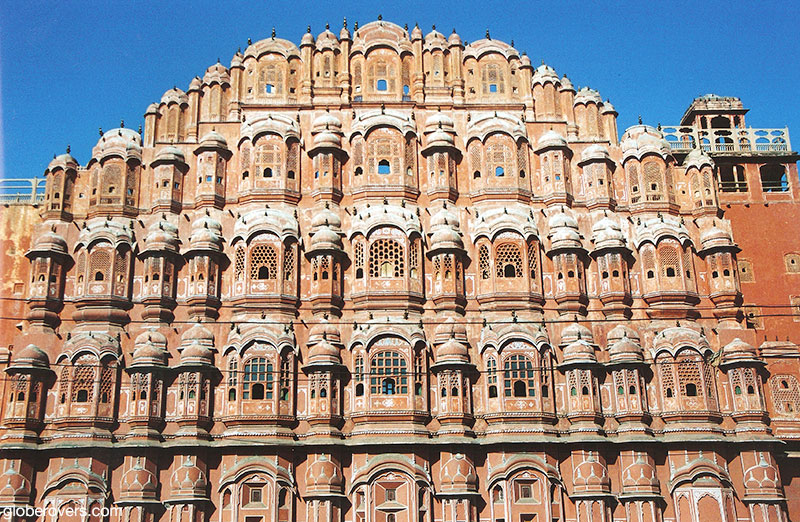



Blog post and photos by Peter who has been travelling almost full-time since 2005 and has been to over 122 countries. He visited several countries, such as Japan, more than 20 times. Peter is Editor-in-Chief and Publisher of GlobeRovers Magazine, an independent travel magazine focused on intrepid destinations.
